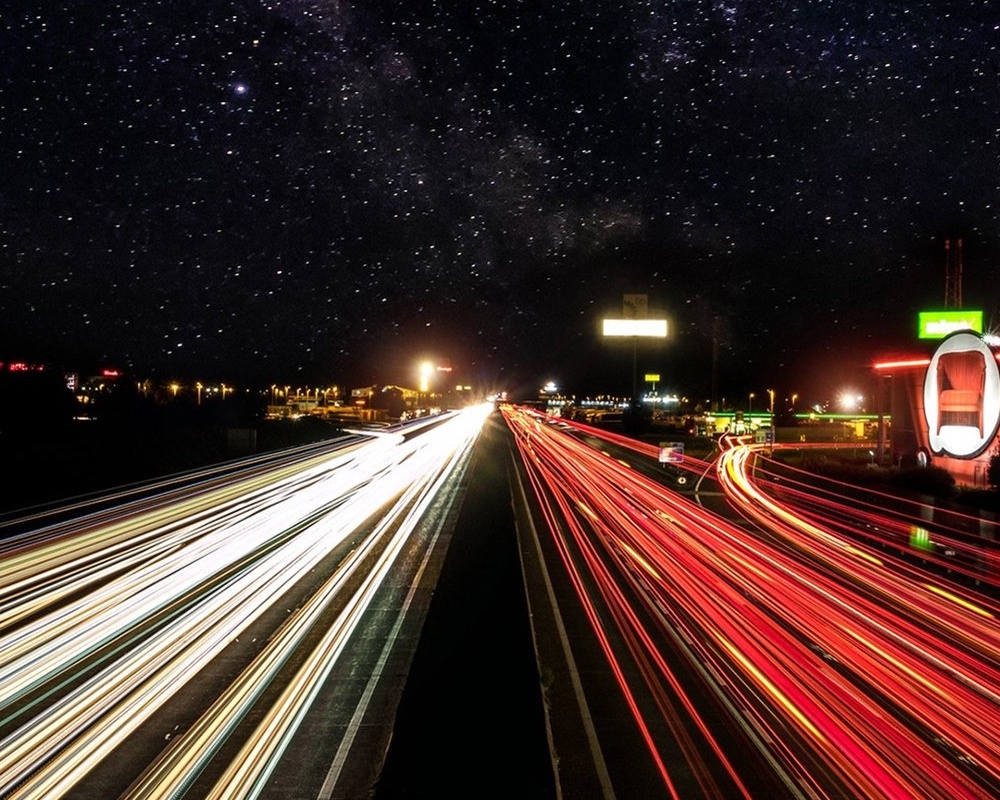
Digital Boards - Everything in Moderation
Some in the outdoor industry are telling us that every bulletin (the large boards that are typically on highways) will be digital in short order. Meaning that the boards currently covered with messages printed on vinyl will be converted to the LED displays that are certainly commonplace today.
Now, we're into digital technology and new media deeper than any firm I can name. But, I don't see the point of such a massive conversion to digital displays. Sure, they have their benefit: You can change your message as often as you'd like; they show up better than the vinyl boards do in less than sunny conditions; and you can buy short contracts, even at the last minute.
On the other hand, outdoor advertising has inherent benefits that are delivered just as well by the traditional vinyl covered boards (they were actually painted up until the mid 90's). First of all, billboards are great awareness vehicles. This is because most of us drive the same route to and from work 22 times per month. It's very difficult, never mind expensive, to get a 22 frequency with any other medium. Second, they are good geographical or directional mediums (next exit, turn left). And third, they catch every set of eyeballs that drives by, not the one in six that digital boards engage (in theory of course). That is because yours is the only message on the static vinyl bulletin.
The digital boards rotate every eight or nine seconds among six advertisers. That's significant. Throw in the fact that the monthly lease cost is higher on the digital boards than it is for the vinyl board and the numbers get complicated.
Sometimes you want the prime location, flexibility, and attention that only digital boards can provide. Other times, the constant presence and high frequency make more sense for your message. There's no right answer every time. Which is why changing all boards to LED seems more ego driven than strategic.








